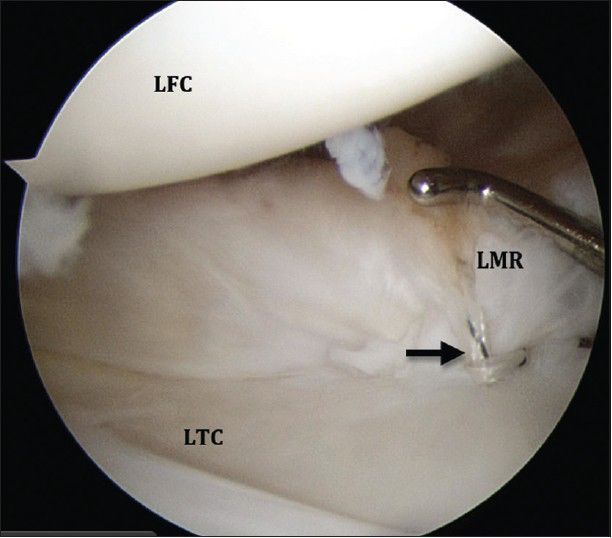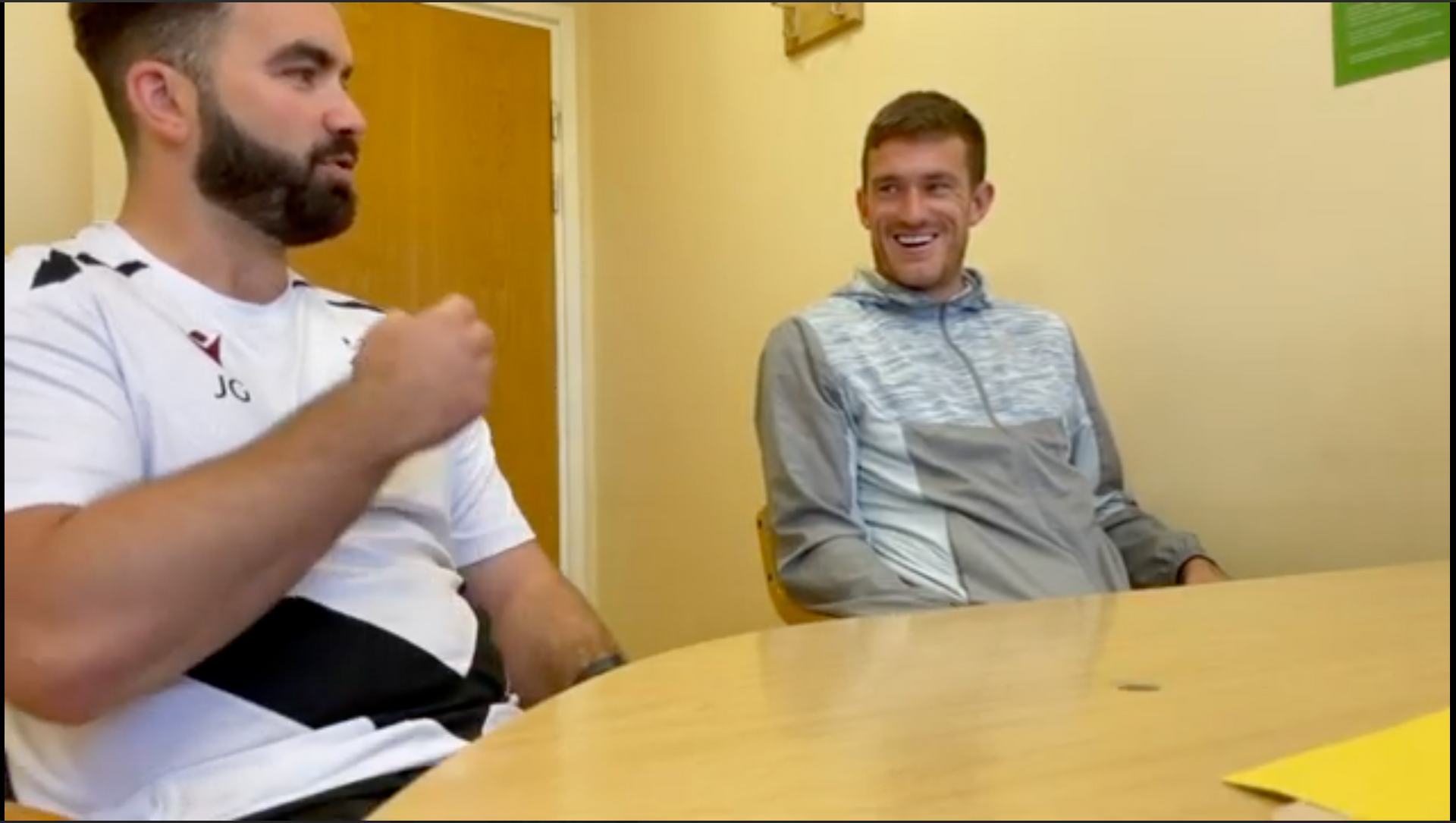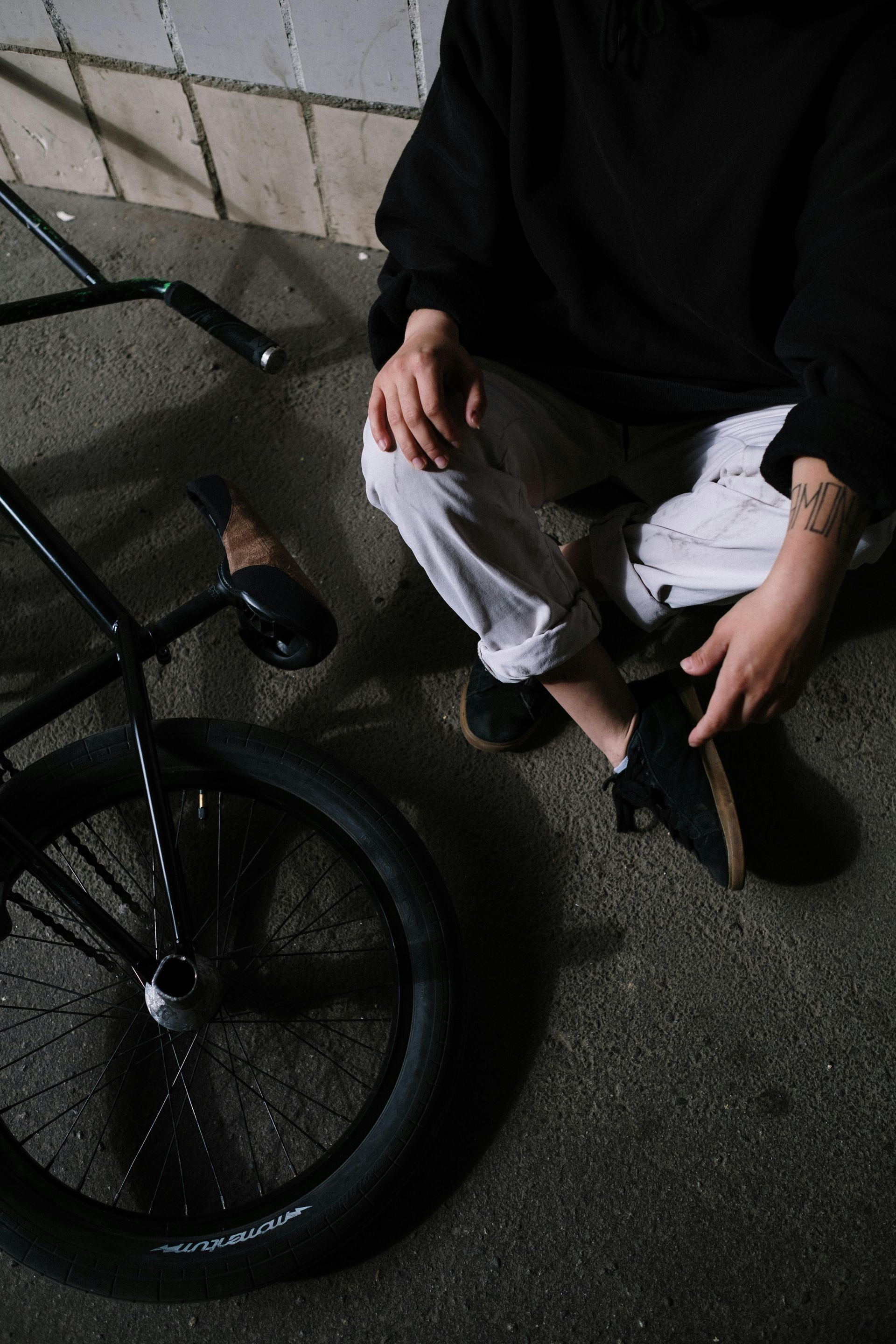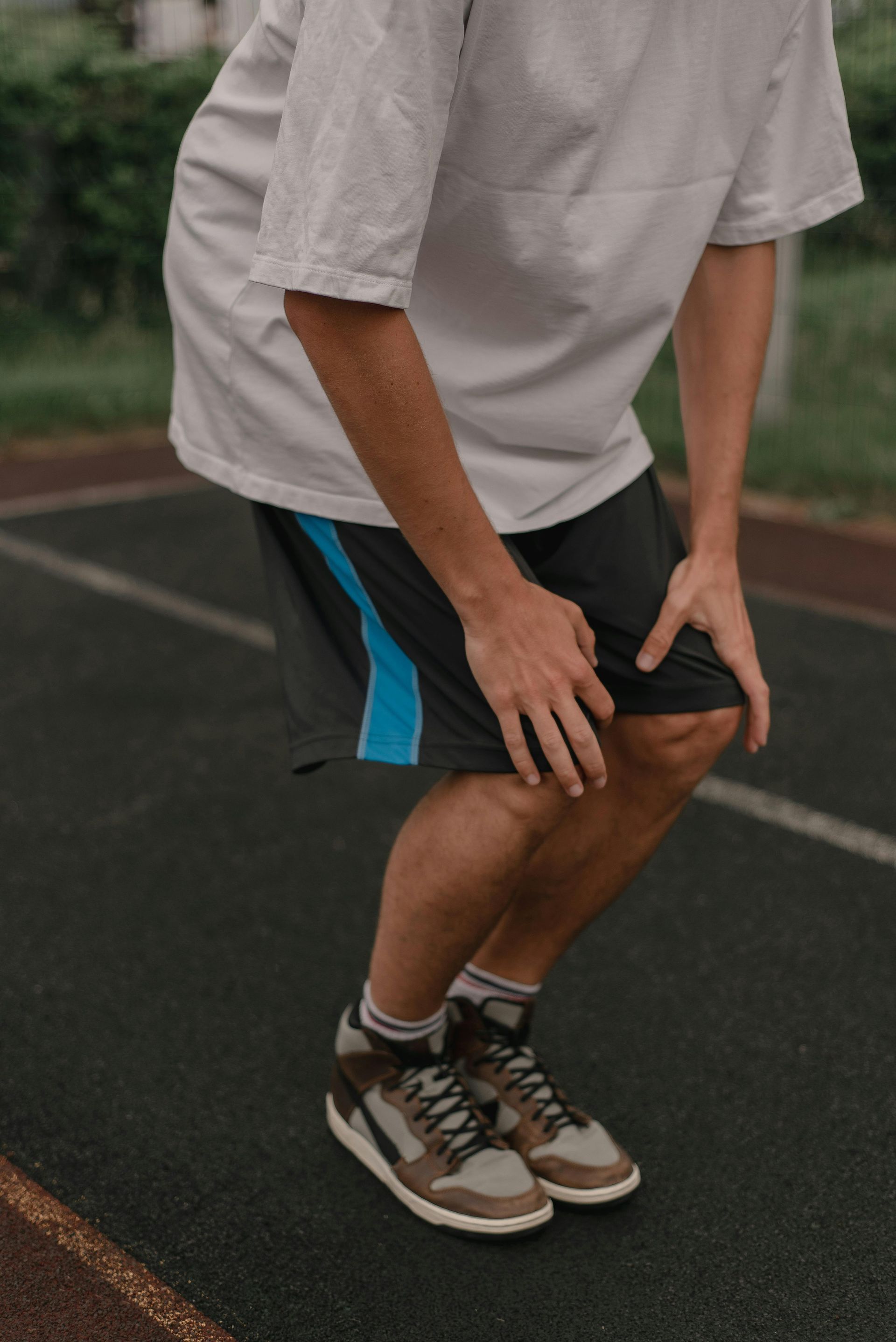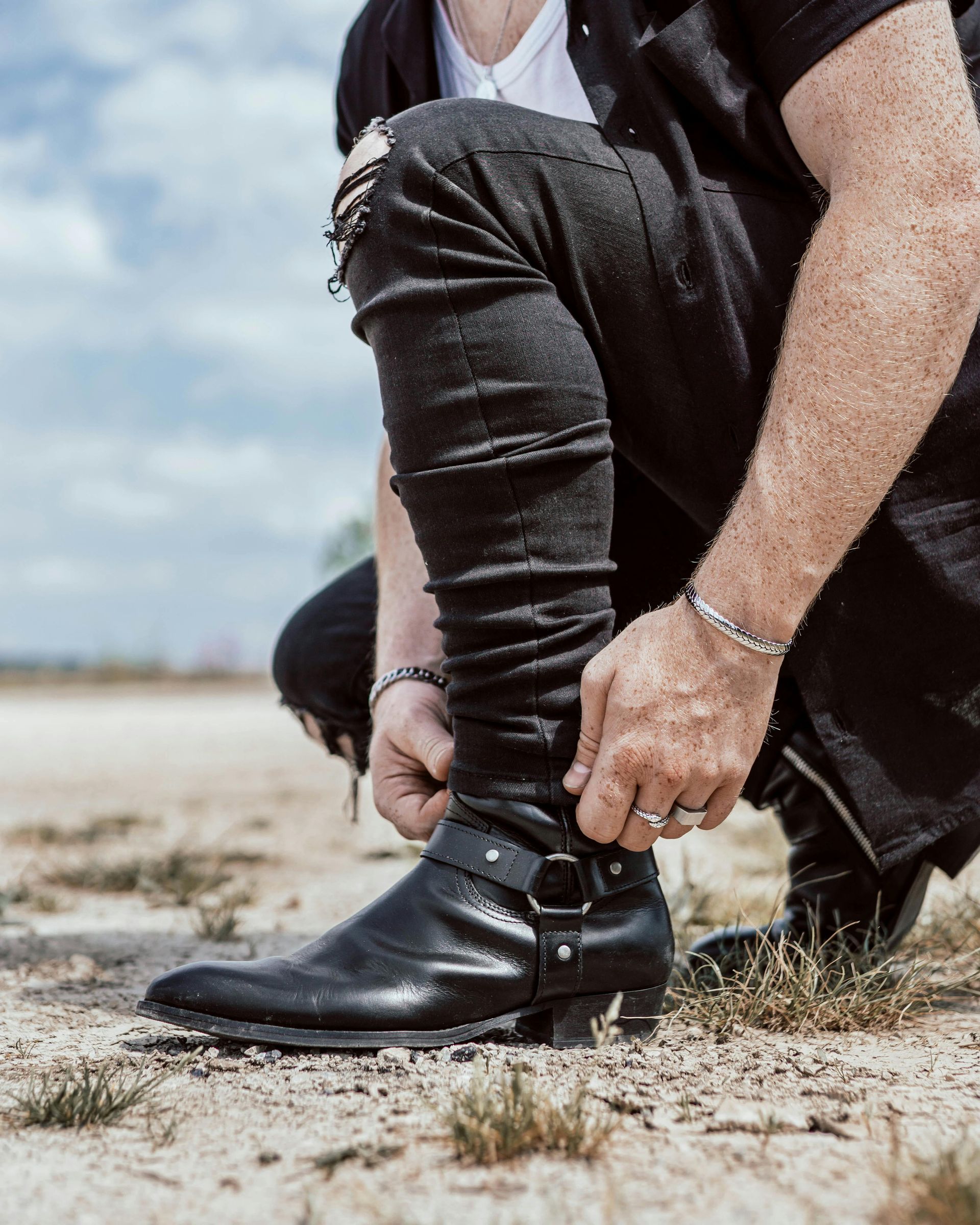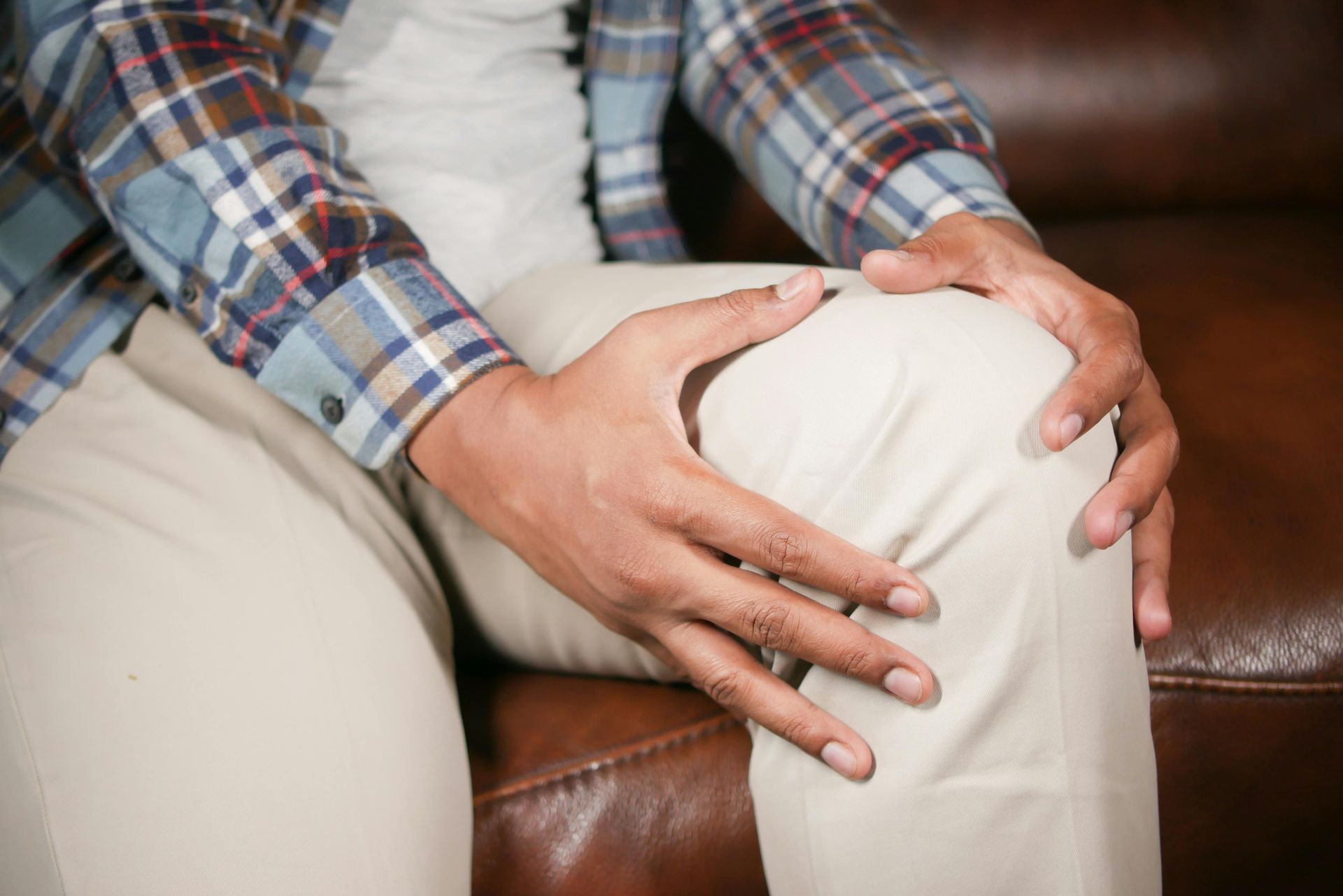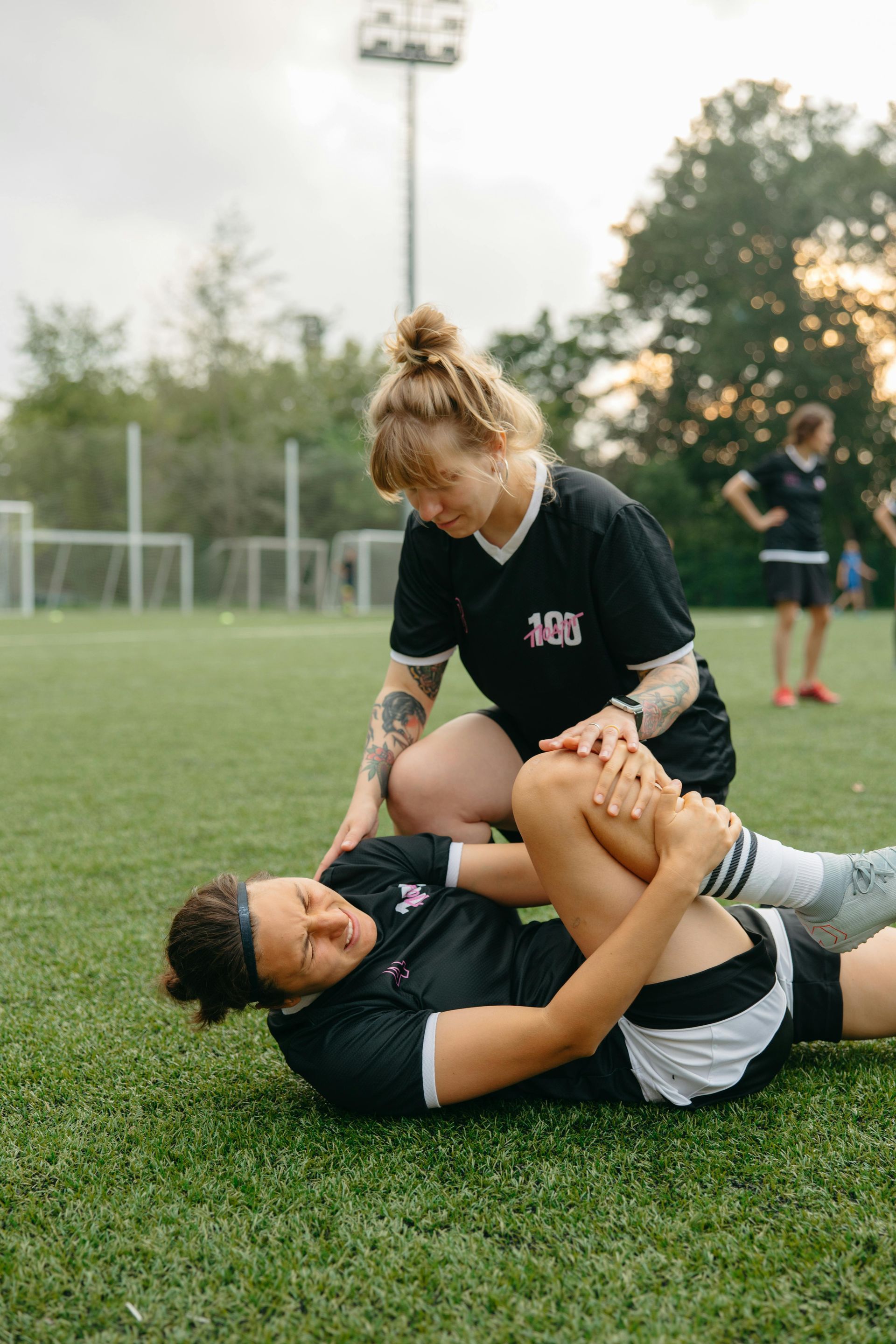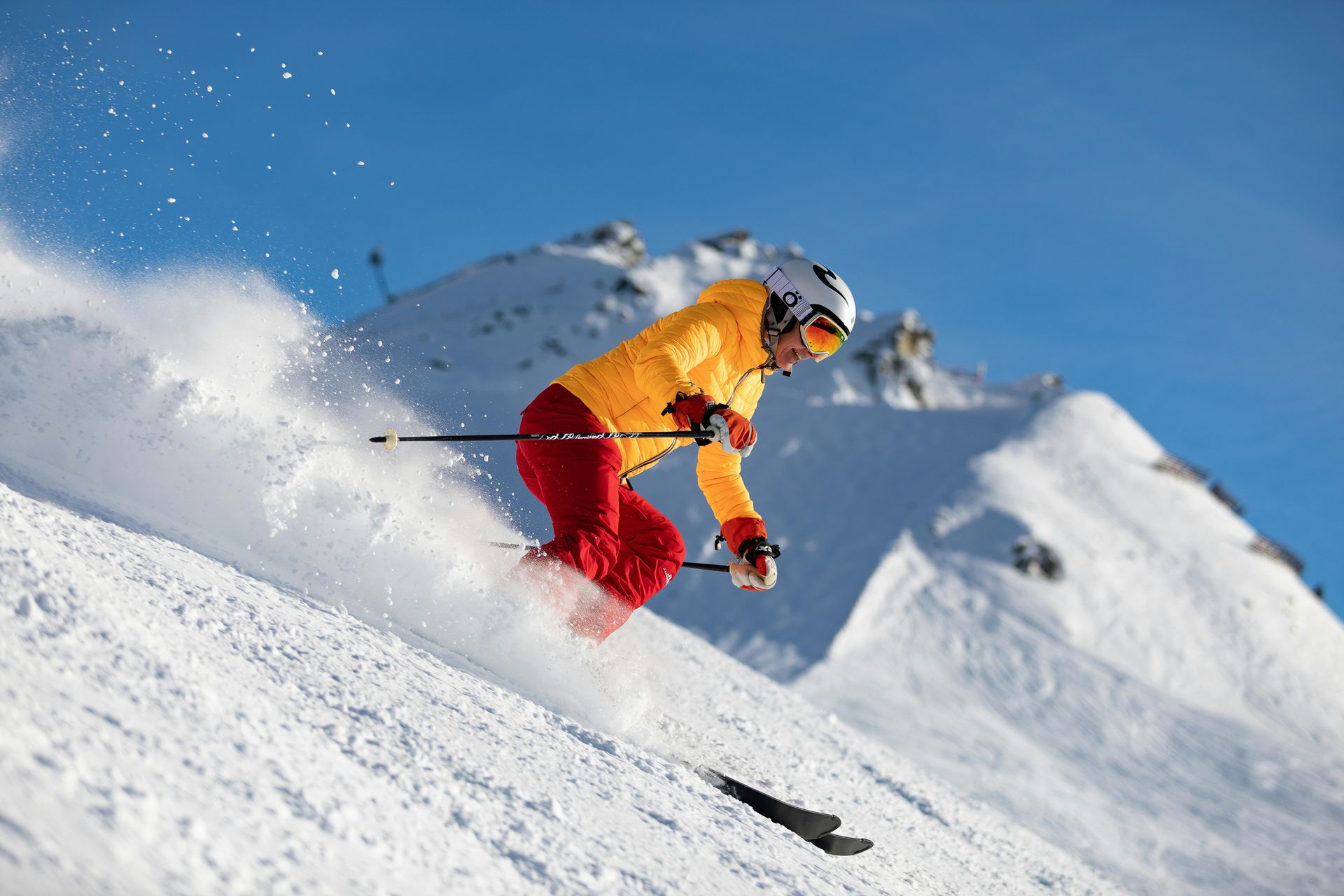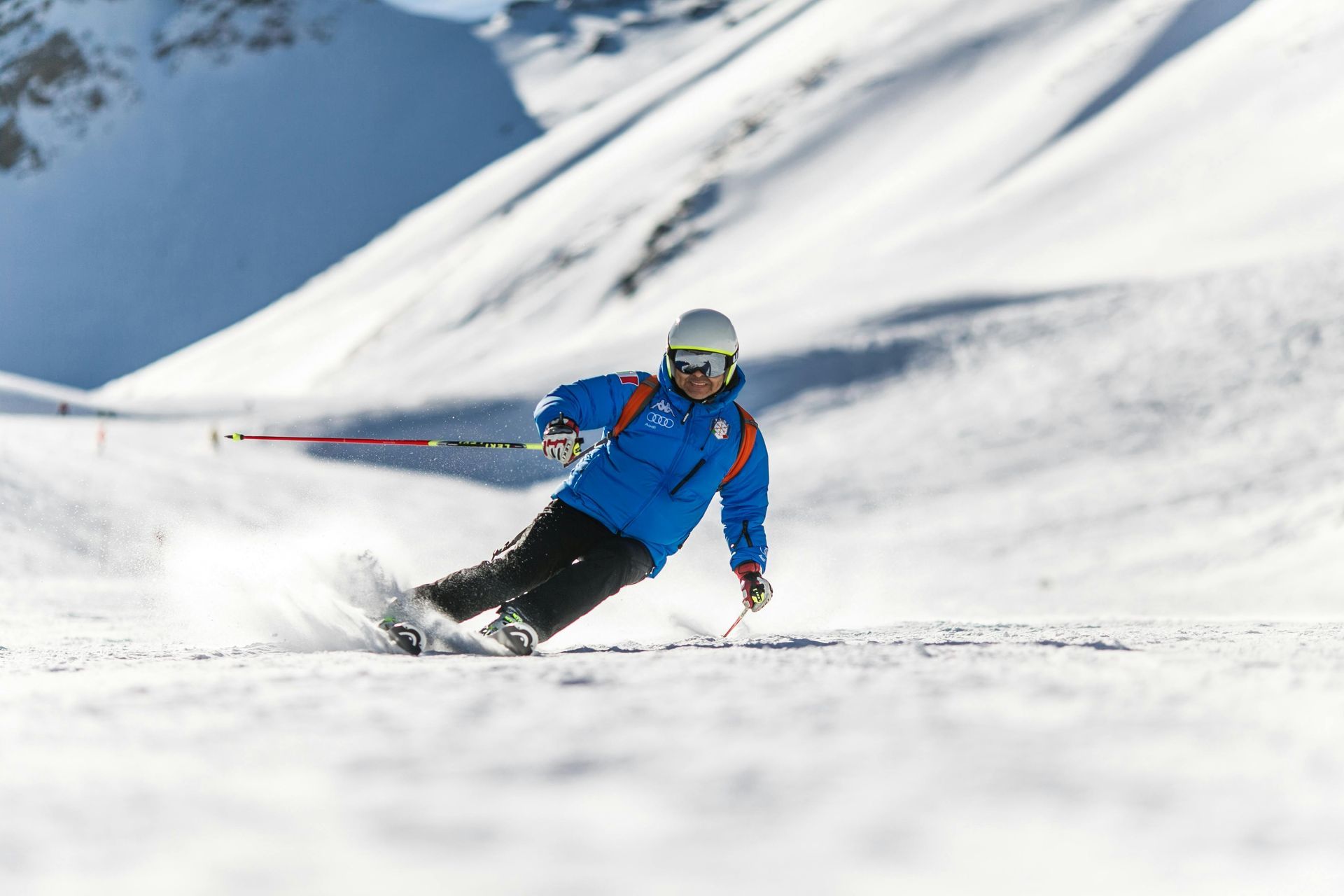Meniscal Injuries - Causes, Treatments & Symptoms
Meniscal Injury
The knee joint has 2 menisci - the medial (inside) and the lateral (outside). In their normal healthy state these structures help to contribute functions of stability, load bearing and sharing, and joint surface (cartilage) protection. They are resilient structures, made from tough type 1 collagen fibres, and are securely attached within the knee to both the tibial surface (front and back) and the knee joint capsule (the periphery of the knee joint). Their collagen structure means that there is a relatively low water content in the tissue, and this confers a low degree of deformation under load, which helps maintain their shape and ability to help resist deforming forces across the knee joint during joint motion. Until the age of approximately 35, the meniscal tissue has its lifetime highest percentage of water content (relative to other tissues) and injury risk remains low. Only extreme deforming forces have the possibility of causing injury, and when this happens it is usually a vertical tear at the attachment of the meniscus to the capsule of the knee, sometimes caused a “circumferential tear”. These injuries are uncommon, but can be associated with extreme hyperflexion/rotation forces across the knee joint.
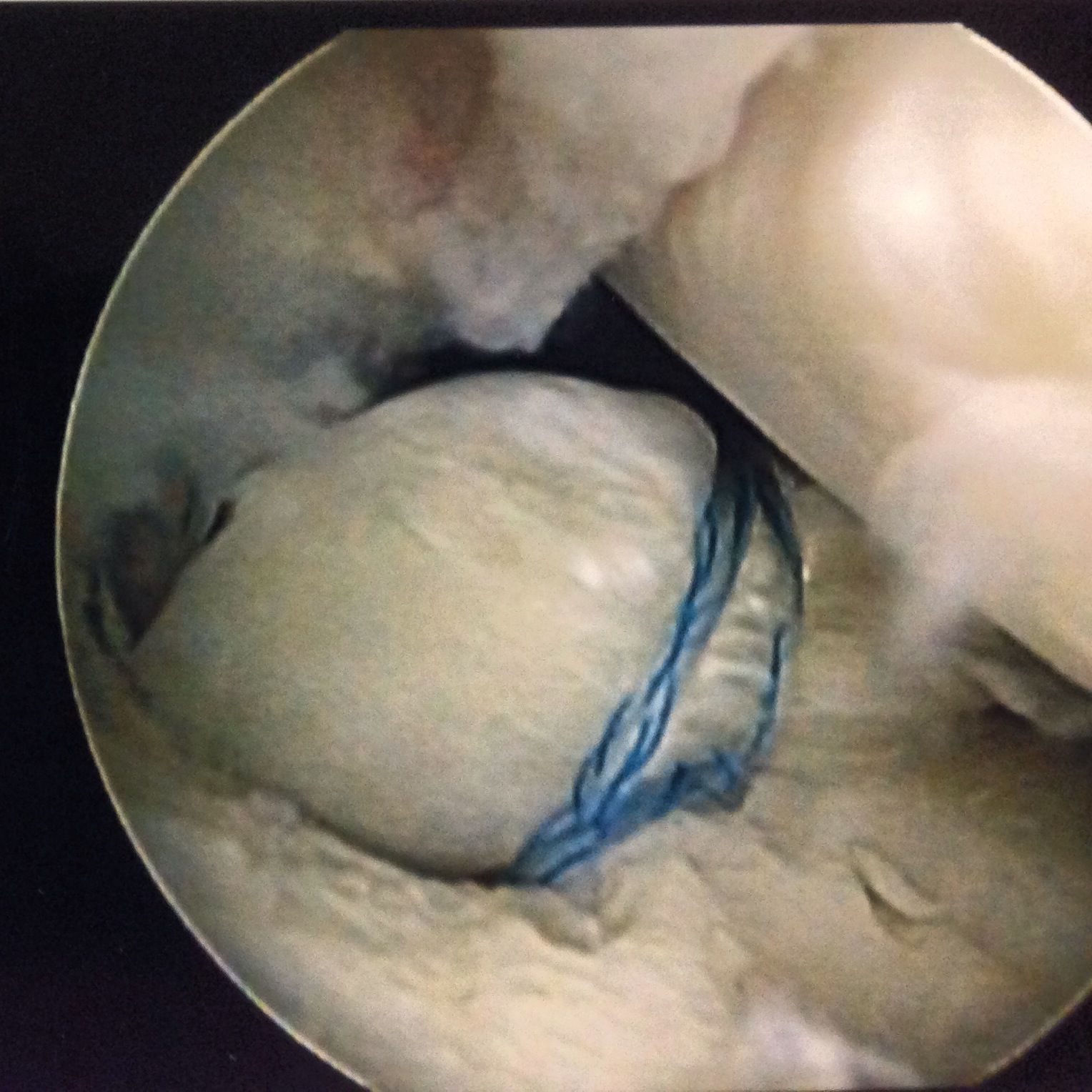
Meniscal injury (tears) have many configurations, dependent on a number of factors. Younger patients with memorable trauma often have radial/oblique tears, especially of the lateral meniscus, whereas older patients (over 35) often have horizontal splits in the rear (posterior) aspect of the meniscus which can sometimes occur innocuously or without significant trauma. The relative “drying-out” of the menisci in older patients renders the tissue brittle, stiff and less compliant, thus making it susceptible to splitting under lighter loads, for example, whilst squatting or kneeling down. Surgical intervention for these meniscal injuries is arranged after a detailed discussion with the patient concerning the risks of re-tear, chances of requiring further surgery and the long-term prognosis of both operative vs non-operative treatments.
Meniscal Tear Treatment
Not all meniscal tears require or need surgery, and the presence of a tear is not always the reason why an individual may have knee pain, which is why it’s important to make a thorough clinical assessment and have a recent MRI scan. An experienced consultant knee surgeon will be able to advise the patient as to whether surgery will then help, or whether it would only make minimal difference.
Sports activities that can sometimes result in meniscal injury include all the popular sports enjoyed around the UK and the world, eg. Football, netball, rugby, hockey, running, gymnastics, winter sports, even golf. If you think you may be carrying, or have developed a meniscal injury, seek a professional assessment as soon as possible so that you can put your mind at ease with respect to any symptoms that you may have. Simply click on the link and complete the
form, or email directly using
owenrwall@leedskneeclinic.com
